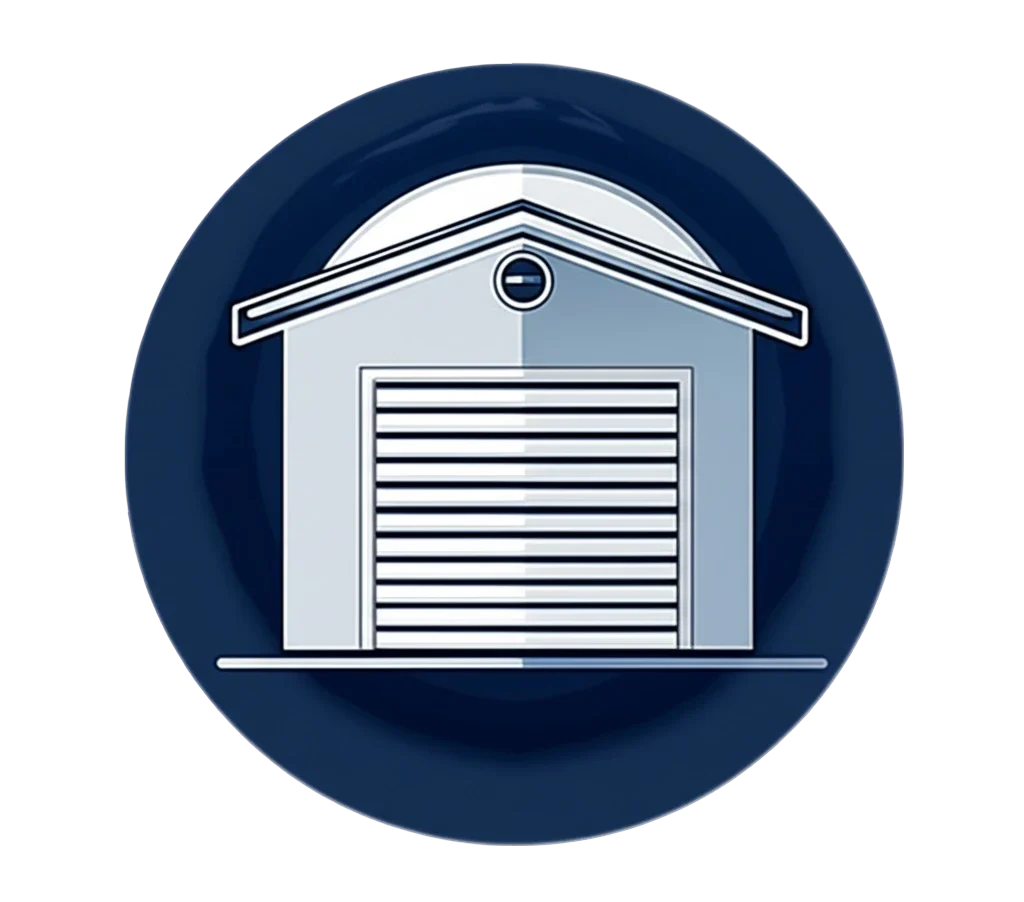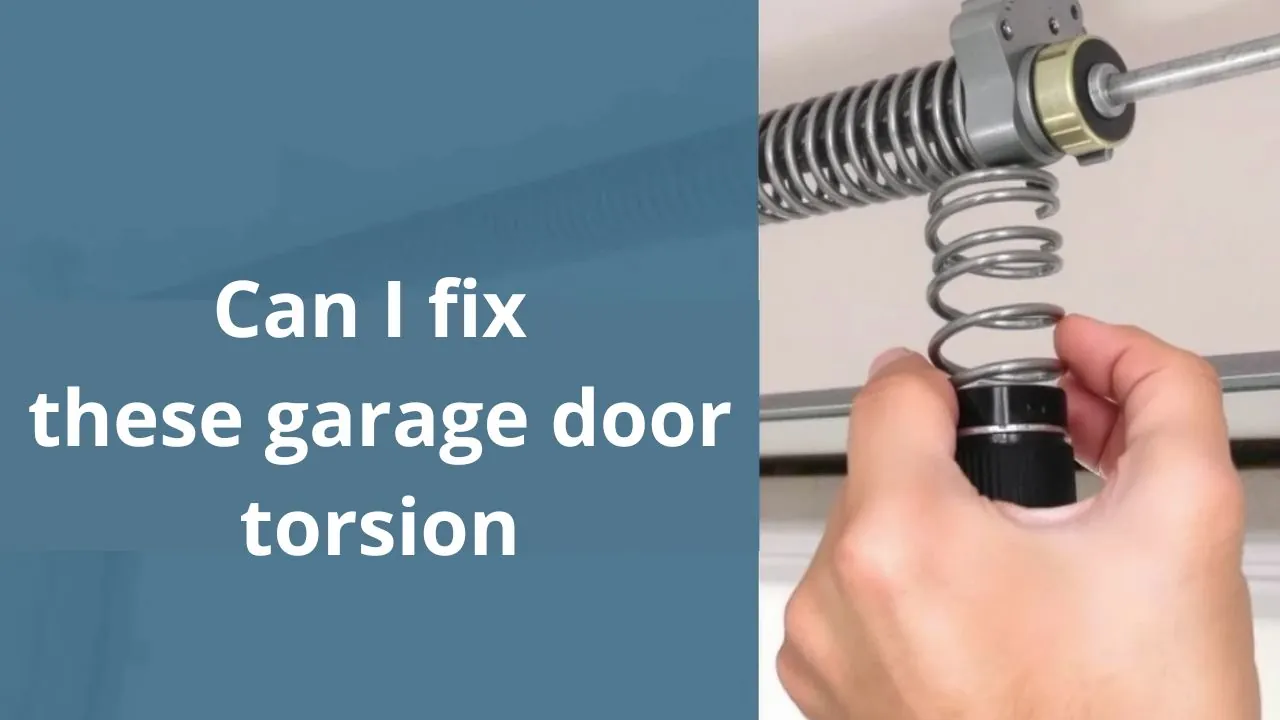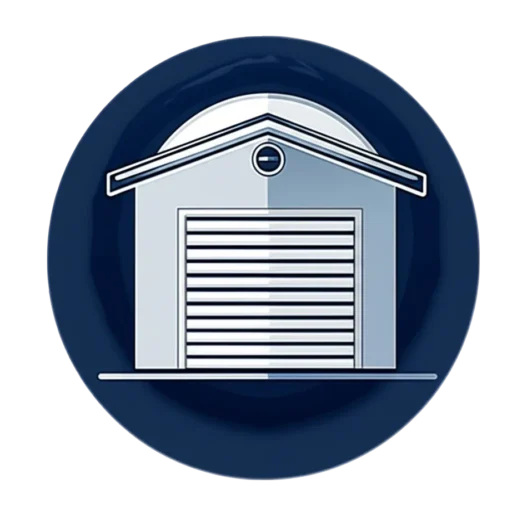Can I Fix Garage Door Torsion Springs Myself in 2025? Expert Guide
Has your garage door stopped working smoothly, and you’re wondering, “Can I fix these garage door torsion springs by myself in 2025?” 🛠️ Torsion springs are critical components that counterbalance your garage door’s weight, but they’re also under immense tension, making DIY repairs risky. In this comprehensive guide, we’ll explore the dangers, tools, and steps involved, helping you decide whether to tackle this project yourself or call a professional. Let’s dive in and ensure your garage door operates safely and efficiently!
SERP Analysis & Search Intent
Search Intent: Informational – Users want to understand the feasibility, risks, and process of fixing garage door torsion springs themselves, often seeking guidance on whether DIY is safe or if professional help is needed.
Common Content Formats: How-to guides, troubleshooting articles, and safety-focused warnings with step-by-step instructions or professional recommendations.
Key Themes & Subtopics:
- Risks and safety concerns of DIY torsion spring repair (injury, property damage).
- Tools required for safe replacement (winding bars, sockets, clamps).
- Step-by-step replacement process (measuring springs, releasing tension, installing new springs).
- Signs of broken or failing springs (gaps, loud noises, uneven door movement).
- Cost comparisons: DIY vs. professional repair.
Common User Pain Points/Questions:
- Is it safe to replace torsion springs without experience?
- What tools are needed, and where can I buy springs?
- How do I know if my springs are broken?
- How much does professional repair cost in 2025?
Unique Angle: A 2025-focused guide emphasizing current safety standards, high-cycle spring options, and practical tips for homeowners to assess their DIY skills realistically, with clear warnings about risks and when to hire a pro.
Suggested URL Slug
https://puertadegaraje.com/us/Blog/can-i-fix-garage-door-torsion-springs-myself-2025
Meta Description
Can you fix garage door torsion springs yourself in 2025? Learn the risks, tools needed, and when to call a pro in our expert guide.
Understanding Garage Door Torsion Springs
Torsion springs are tightly coiled metal springs mounted above your garage door, responsible for lifting its weight. They store mechanical energy when twisted, releasing it to assist in smooth opening and closing. However, their high tension makes them dangerous if mishandled. Here’s what you need to know:
- Types: Standard torsion springs (for lighter doors) and TorqueMaster springs (safer, enclosed systems).
- Lifespan: Typically 10,000 cycles (about 7-10 years with 4 daily openings).
- Common Issues: Rust, wear, or sudden breakage, often signaled by a loud snap.
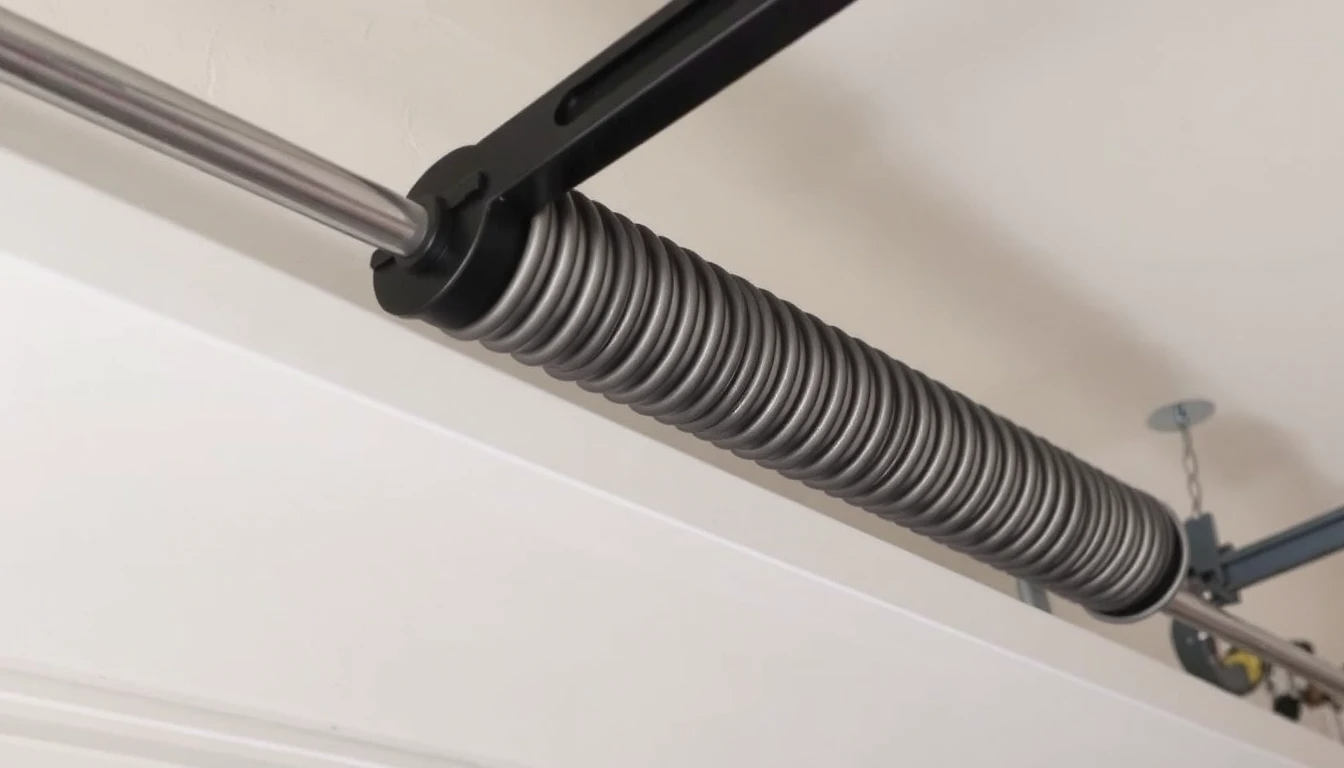
A close-up view of a garage door torsion spring mounted above a modern garage door, showing its coiled structure and attachment to the torsion shaft.
Can You Fix Torsion Springs Yourself? The Risks
While some experienced DIYers replace torsion springs successfully, the risks are significant. Mishandling can lead to:
- Serious Injury: Springs under tension can snap, causing lacerations, broken bones, or eye damage.
- Property Damage: A released spring may damage your garage door, vehicle, or walls.
- Fatalities: Rare but documented cases highlight the extreme danger.
Unless you have mechanical expertise and the right tools, we recommend professional help. For expert garage door repairs, check out our Garage Door Services.
Signs Your Torsion Springs Need Replacement
Before attempting any repair, confirm your springs are the issue. Look for these signs:
- Visible Damage: Gaps, cracks, or breaks in the coils.
- Loud Popping Noise: Often indicates a spring snapping.
- Uneven Door Movement: The door tilts or struggles to open, suggesting one spring is broken.
- Door Won’t Open: A broken spring may render the door too heavy to lift manually.
Tools and Materials Needed for DIY Replacement
If you’re confident in your skills, gather these tools and materials:
- Winding Bars: Essential for safely adjusting spring tension (never use screwdrivers).
- Socket Wrench and Sockets: For removing and tightening bolts.
- Clamps or Vice Grips: To secure the door during repair.
- Replacement Torsion Springs: Match the size, wire gauge, and wind direction of your old springs.
- Safety Gear: Gloves, safety glasses, and fitted clothing.
If you’re looking for high-quality torsion springs, explore options on Amazon via this link: https://www.amazon.com/s?k=garage+door+torsion+springs&tag=jm077-20.
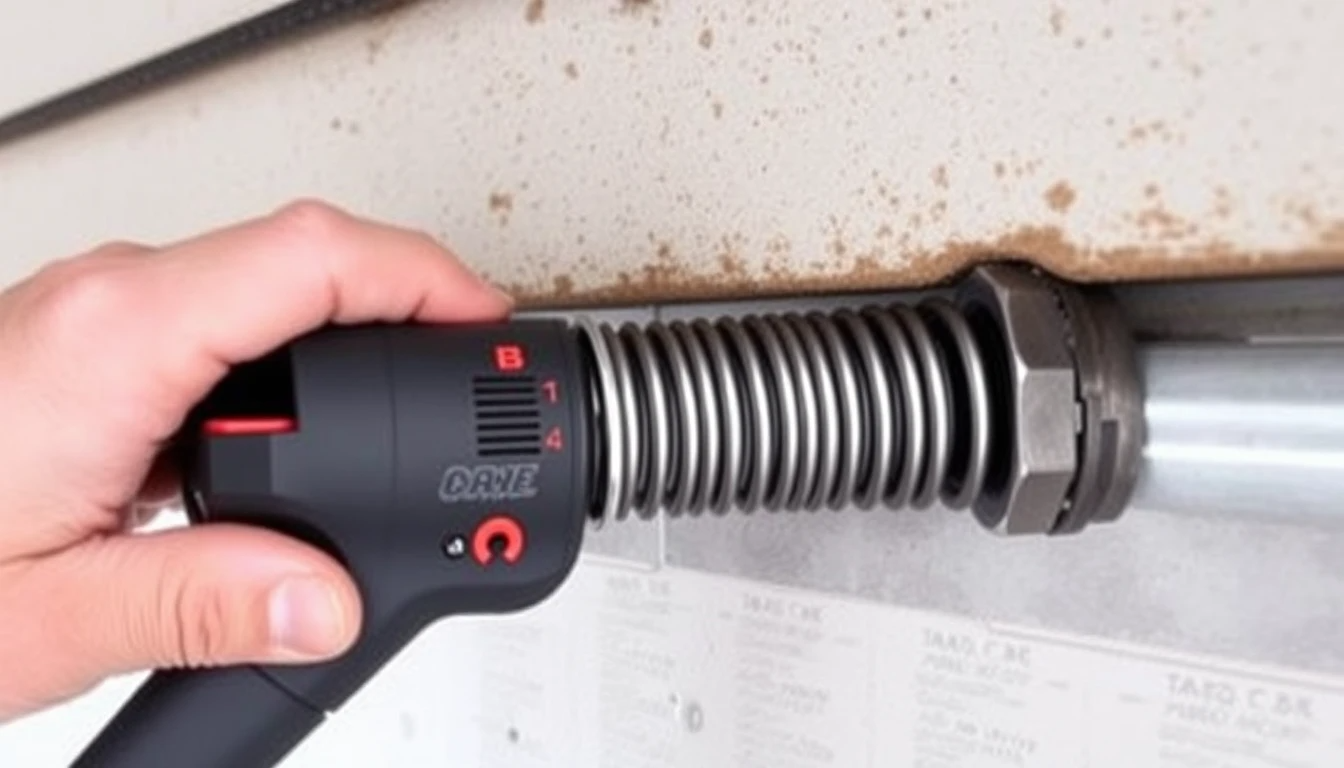
A neatly arranged set of tools including winding bars, a socket wrench, clamps, and safety glasses on a workbench, ready for torsion spring replacement.
Step-by-Step Guide to Replacing Torsion Springs (For Experienced DIYers)
Warning: Proceed only if you’re experienced and fully understand the risks. Otherwise, contact a professional.
- Disconnect the Opener: Unplug the garage door opener and pull the release cord to disengage it.
- Secure the Door: Clamp the door to the track to prevent movement.
- Release Spring Tension: Use winding bars to slowly unwind the spring, making quarter-turns until tension is fully released.
- Remove Old Springs: Unscrew the stationary cone and slide the old spring off the torsion shaft.
- Measure and Install New Springs: Ensure the new spring matches the old one’s specifications. Slide it onto the shaft and secure it.
- Wind the New Springs: Apply tension using winding bars (typically 4 quarter-turns per foot of door height, plus 2 extra turns).
- Test the Door: Remove clamps, reconnect the opener, and test the door’s balance by lifting it halfway.
For more DIY tips, visit our Blog.
Cost Comparison: DIY vs. Professional Repair in 2025
DIY Costs:
- Torsion springs: $50-$150 per spring.
- Tools (if not owned): $20-$100.
- Total: $70-$400 for a pair, depending on spring quality.
Professional Costs:
- Parts and labor: $150-$350 per spring, $200-$500 for a pair.
- Benefits: Safety, expertise, and warranty.
Considering a high-cycle spring upgrade? Check out durable options on Amazon: https://www.amazon.com/s?k=high+cycle+garage+door+torsion+springs&tag=jm077-20.
When to Call a Professional
Hire a pro if:
- You lack mechanical experience or proper tools.
- The door is heavy or has multiple springs.
- You notice additional damage (e.g., cables, drums).
Learn more about our trusted technicians at About Us.
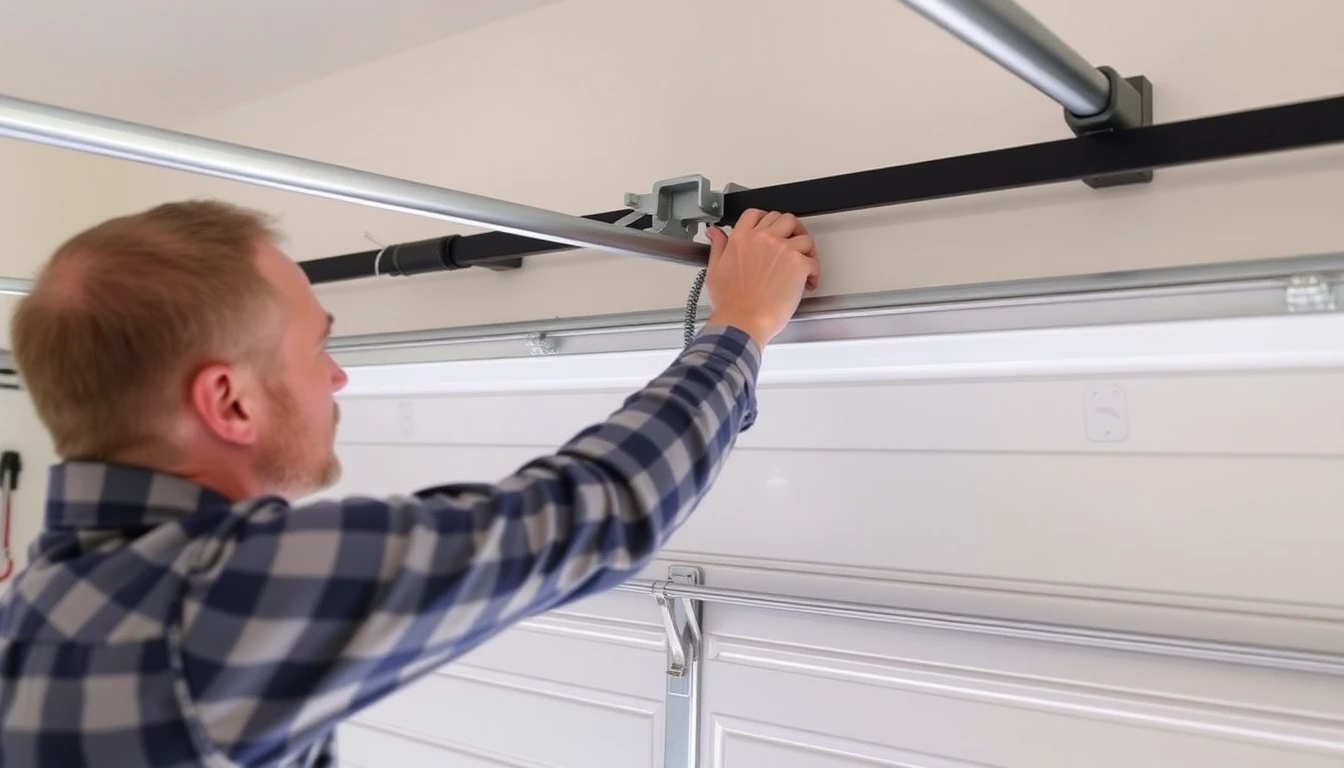
A professional technician using winding bars to adjust a torsion spring on a garage door, wearing safety gear in a well-lit garage.
Conclusion
Fixing garage door torsion springs yourself in 2025 is possible for skilled DIYers, but the risks of injury or damage are high. By understanding the signs of failure, gathering the right tools, and following strict safety protocols, you can attempt this repair. However, for most homeowners, hiring a professional ensures safety and reliability. Ready to tackle other garage door projects? Explore our Products or Blog for more insights. Contact our experts for personalized advice or share your experience in the comments below! 🚪
Frequently Asked Questions
Is it safe to fix garage door torsion springs myself?
It’s risky without experience and proper tools. Torsion springs are under high tension and can cause serious injury. Professionals are recommended for safety.
How do I know if my torsion spring is broken?
Look for gaps in the coils, a loud popping noise, uneven door movement, or a door that won’t open manually.
What tools do I need to replace torsion springs?
You’ll need winding bars, a socket wrench, clamps, safety gear, and replacement springs matching your door’s specifications.
How much does it cost to replace torsion springs professionally in 2025?
Expect $150-$350 per spring, or $200-$500 for a pair, including parts and labor.
